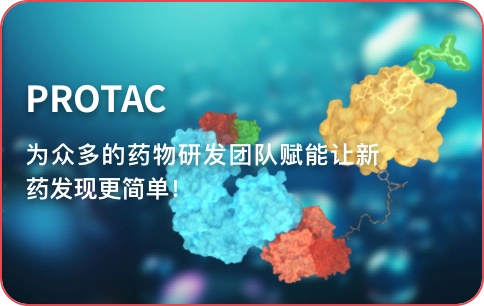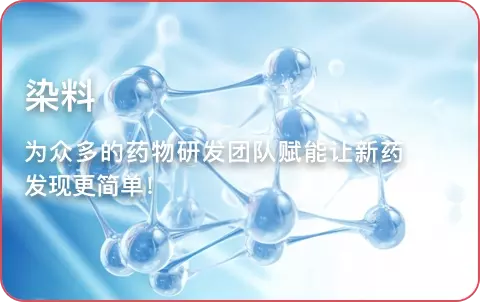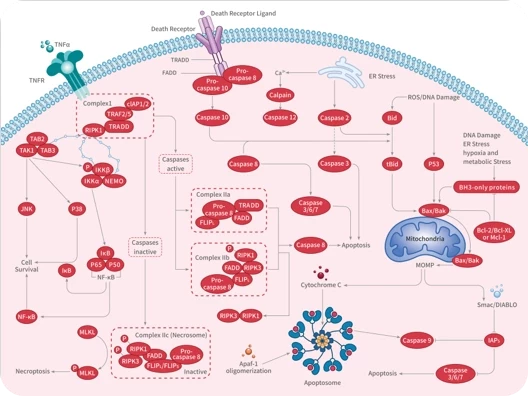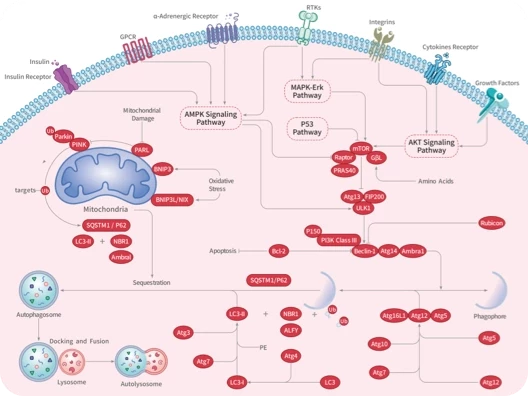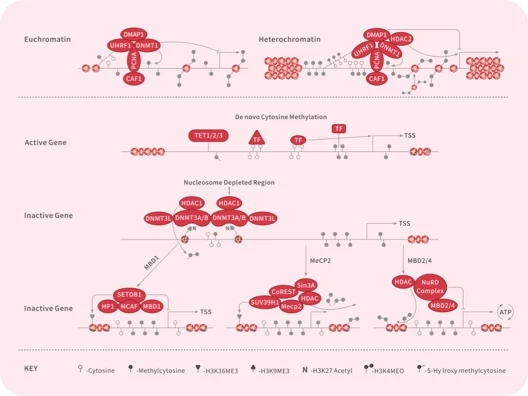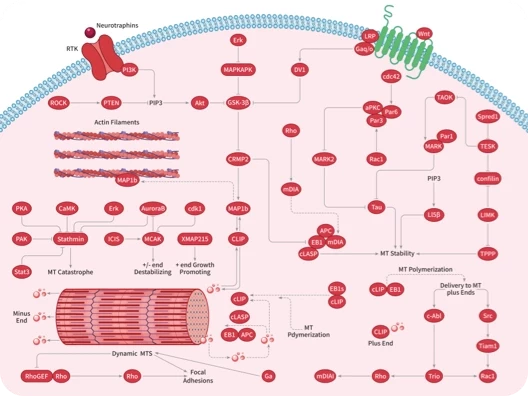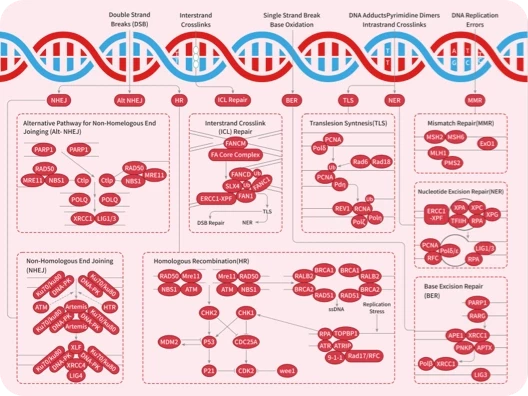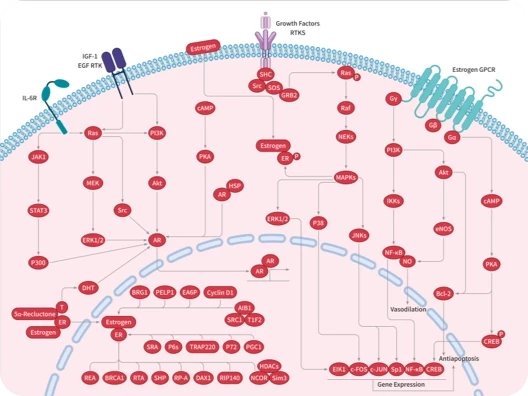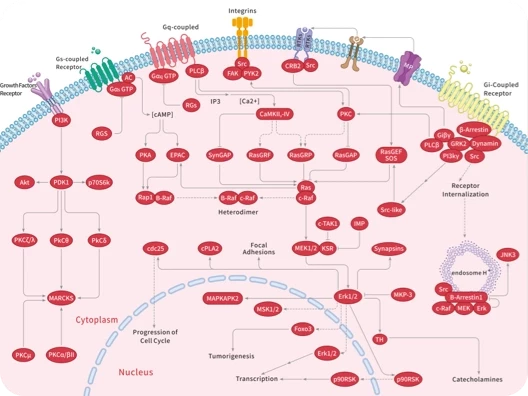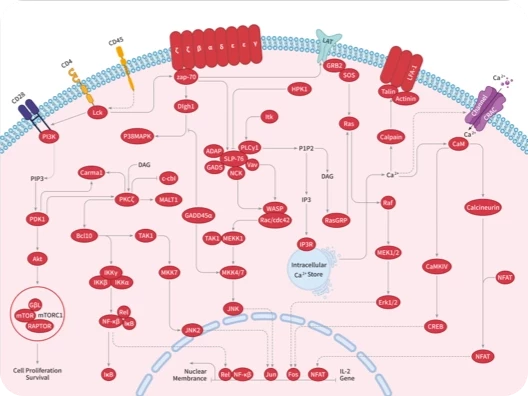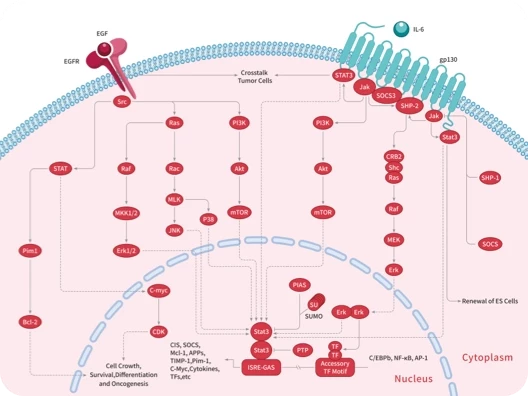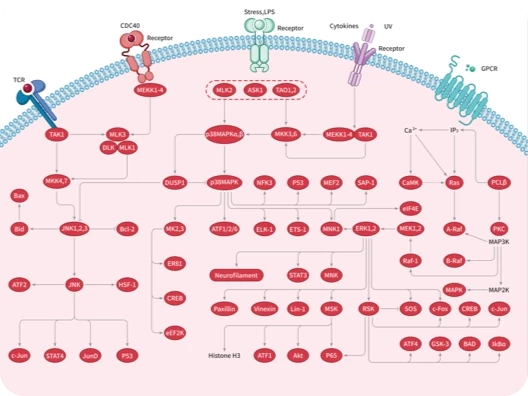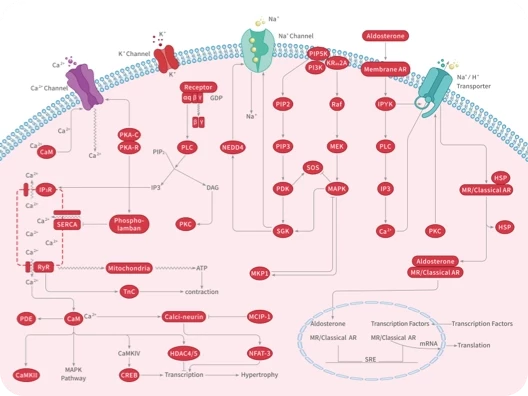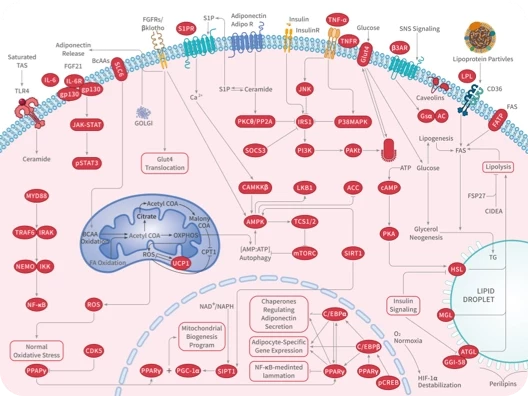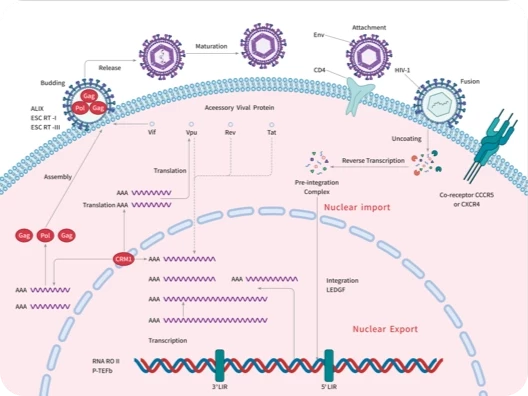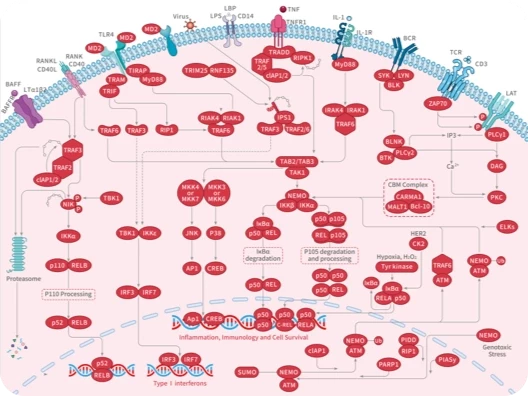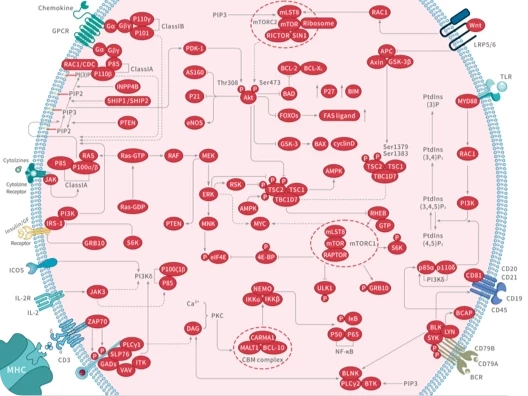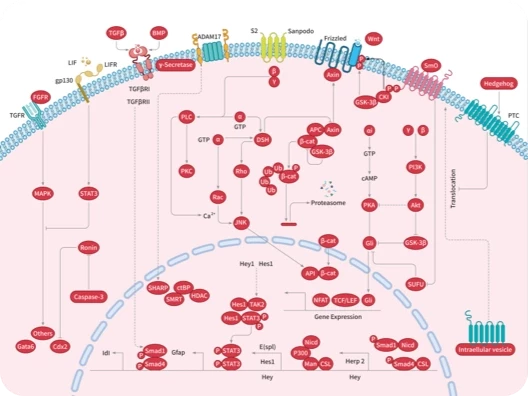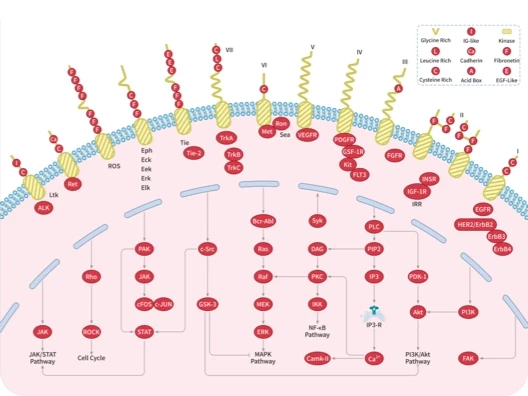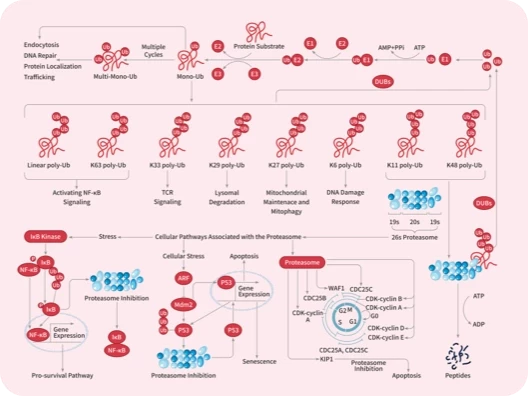- 全部删除
 您的购物车当前为空
您的购物车当前为空
Cystatin SN Protein, Human, Recombinant (His)
Cystatin-SN, also known as Cystain-SA-I, Cystatin-1, Salivary cystatin-SA-1 and CST1, is a secreted protein which belongs to thecystatin family. The cystatin superfamily encompasses proteins that contain multiple cystatin-like sequences. Some of the members are active cysteine protease inhibitors, while others have lost or perhaps never acquired this inhibitory activity. Cystatin-SN / CST1 is expressed in submandibular and sublingual saliva but not in parotid saliva (at protein level). Cystatin-SN / CST1 is also expressed in saliva, tears, urine and seminal fluid. Human saliva appears to contain several cysteine proteinase inhibitors that are immunologically related to cystatin S but that differ in their specificity due to amino acid sequence differences. Human salivary cystatins include Cystatin-S, Cystatin-S1, Cystatin-S2, Cystatin- SA, Cystatin-SN, Cystatin-C and Cystatin-D. Cystatin-SN is a much better inhibitor of papain and dipeptidyl peptidase I than is cystatin-S, although both inhibit ficin equally well.
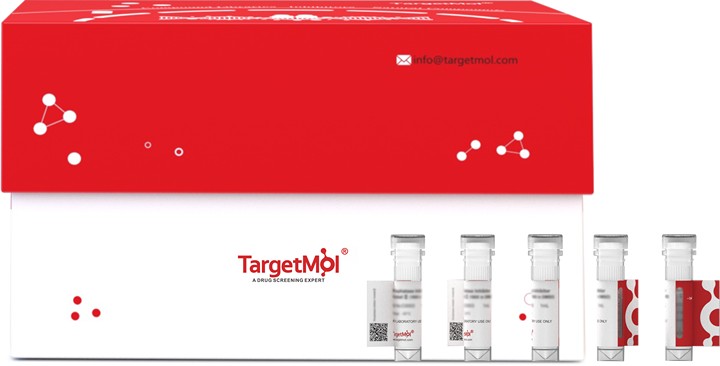
Cystatin SN Protein, Human, Recombinant (His)
| 规格 | 价格 | 库存 | 数量 |
|---|---|---|---|
| 20 μg | ¥ 2,270 | 5日内发货 |
产品信息
| 生物活性 | Activity testing is in progress. It is theoretically active, but we cannot guarantee it. If you require protein activity, we recommend choosing the eukaryotic expression version first. |
| 产品描述 | Cystatin-SN, also known as Cystain-SA-I, Cystatin-1, Salivary cystatin-SA-1 and CST1, is a secreted protein which belongs to thecystatin family. The cystatin superfamily encompasses proteins that contain multiple cystatin-like sequences. Some of the members are active cysteine protease inhibitors, while others have lost or perhaps never acquired this inhibitory activity. Cystatin-SN / CST1 is expressed in submandibular and sublingual saliva but not in parotid saliva (at protein level). Cystatin-SN / CST1 is also expressed in saliva, tears, urine and seminal fluid. Human saliva appears to contain several cysteine proteinase inhibitors that are immunologically related to cystatin S but that differ in their specificity due to amino acid sequence differences. Human salivary cystatins include Cystatin-S, Cystatin-S1, Cystatin-S2, Cystatin- SA, Cystatin-SN, Cystatin-C and Cystatin-D. Cystatin-SN is a much better inhibitor of papain and dipeptidyl peptidase I than is cystatin-S, although both inhibit ficin equally well. |
| 种属 | Human |
| 表达系统 | HEK293 Cells |
| 标签 | C-His |
| 蛋白编号 | P01037-1 |
| 别名 | cystatin SN,CST1 |
| 蛋白构建 | A DNA sequence encoding the human CST1 (P01037-1) (Met 1-Ser 141) was fused with a polyhistidine tag at the C-terminus. Predicted N terminal: Trp 21 |
| 蛋白纯度 | > 97 % as determined by SDS-PAGE |
| 分子量 | 15.6 kDa (predicted); 17 kDa (reducing conditions) |
| 内毒素 | < 1.0 EU/μg of the protein as determined by the LAL method. |
| 缓冲液 | Lyophilized from a solution filtered through a 0.22 μm filter, containing PBS, pH 7.4. Typically, a mixture containing 5% to 8% trehalose, mannitol, and 0.01% Tween 80 is incorporated as a protective agent before lyophilization. |
| 复溶方法 | A Certificate of Analysis (CoA) containing reconstitution instructions is included with the products. Please refer to the CoA for detailed information. |
| 存储 | It is recommended to store recombinant proteins at -20°C to -80°C for future use. Lyophilized powders can be stably stored for over 12 months, while liquid products can be stored for 6-12 months at -80°C. For reconstituted protein solutions, the solution can be stored at -20°C to -80°C for at least 3 months. Please avoid multiple freeze-thaw cycles and store products in aliquots. |
| 运输方式 | In general, Lyophilized powders are shipping with blue ice. |
| 研究背景 | Cystatin-SN, also known as Cystain-SA-I, Cystatin-1, Salivary cystatin-SA-1 and CST1, is a secreted protein which belongs to thecystatin family. The cystatin superfamily encompasses proteins that contain multiple cystatin-like sequences. Some of the members are active cysteine protease inhibitors, while others have lost or perhaps never acquired this inhibitory activity. Cystatin-SN / CST1 is expressed in submandibular and sublingual saliva but not in parotid saliva (at protein level). Cystatin-SN / CST1 is also expressed in saliva, tears, urine and seminal fluid. Human saliva appears to contain several cysteine proteinase inhibitors that are immunologically related to cystatin S but that differ in their specificity due to amino acid sequence differences. Human salivary cystatins include Cystatin-S, Cystatin-S1, Cystatin-S2, Cystatin- SA, Cystatin-SN, Cystatin-C and Cystatin-D. Cystatin-SN is a much better inhibitor of papain and dipeptidyl peptidase I than is cystatin-S, although both inhibit ficin equally well. |










